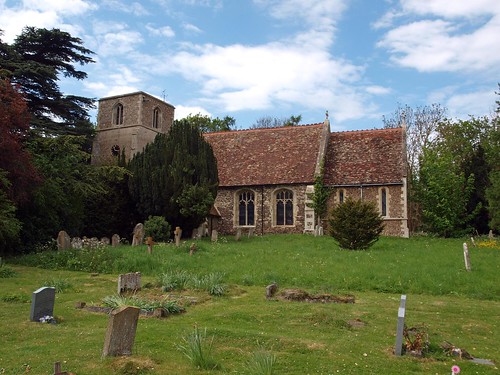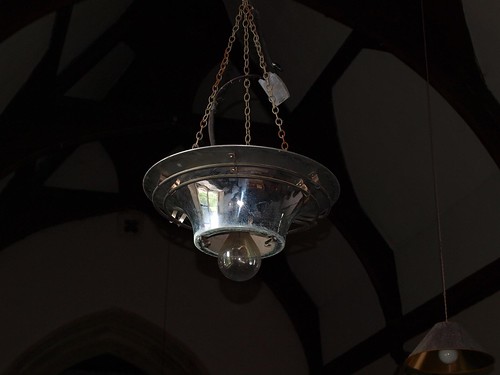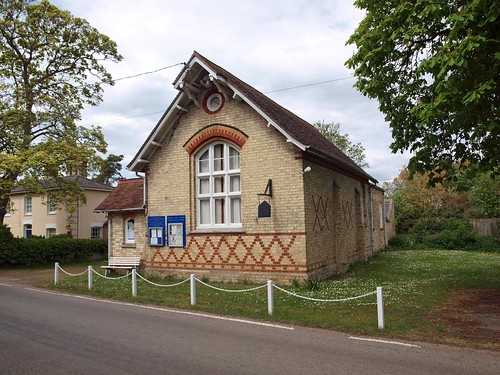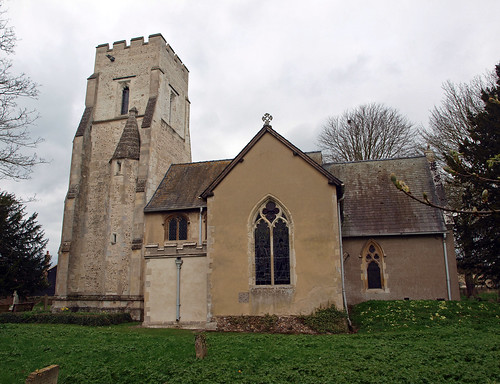The Historic England Heritage at Risk assessment is as follows:
Parish church. C13 nave and chancel and C14 west tower. Restored c1860 under supervision of W Butterfield. Fieldstone, clunch rubble with limestone and clunch dressing. Plain tiled roof. West tower of three stages. Crack to second stage of tower on east face. Some displacement and cracking to buttress on north wall adjacent to infilled north door. Further crack to north side of east gable. Cracking to stonework and extensive ivy growth reported, deterioration continues.
I really liked Butterfield's interior, which is strange as I'd normally run a mile from a Victorian re-gloss and even stranger, really liked the contemporary, to the restoration, Alexander Gibbs windows which normally I'd write off as crass. I suppose the sense of imminently losing it all played a part, and perhaps the loss of Wendy, but I'll remember this church long after she falls [the ruin will be spectacular].
ST GILES. Pleasantly placed, in a leafy position. Nave, chancel, and W tower. The chancel and nave are both datable C13 by their lancert windows. The W tower must be Perp, see e.g. the W doorway, W window and arch towards the nave. The S doorway is the only piece of more ambitious designing; two orders of colonnettes, fine arch moulding with one keeled and one unkeeled roll. The S porch is C19.
TADLOW. It is only a step into Bedfordshire from this scattered little place, with a moated farm called Tadlow Bridge and a small cobbled stone church with two cedars overtopping its 500-year-old tower. A block of stone with a socket hole set in the walls of a farm is all that is left of its ancient cross. In the 13th century church is another stone with traces of the lost portrait of Margaret Broggrife, whom they laid to rest here in 1493. Only a few lines of her skirt are left, but a drawing in the church shows us the outline of Margaret’s figure and the picture of her six children before they were trodden away by many feet.
I feel rather smug that I spotted this without being sure that it was an inscribed ledger stone, it was one of those is it or isn't it moments:
I feel rather smug that I spotted this without being sure that it was an inscribed ledger stone, it was one of those is it or isn't it moments:






